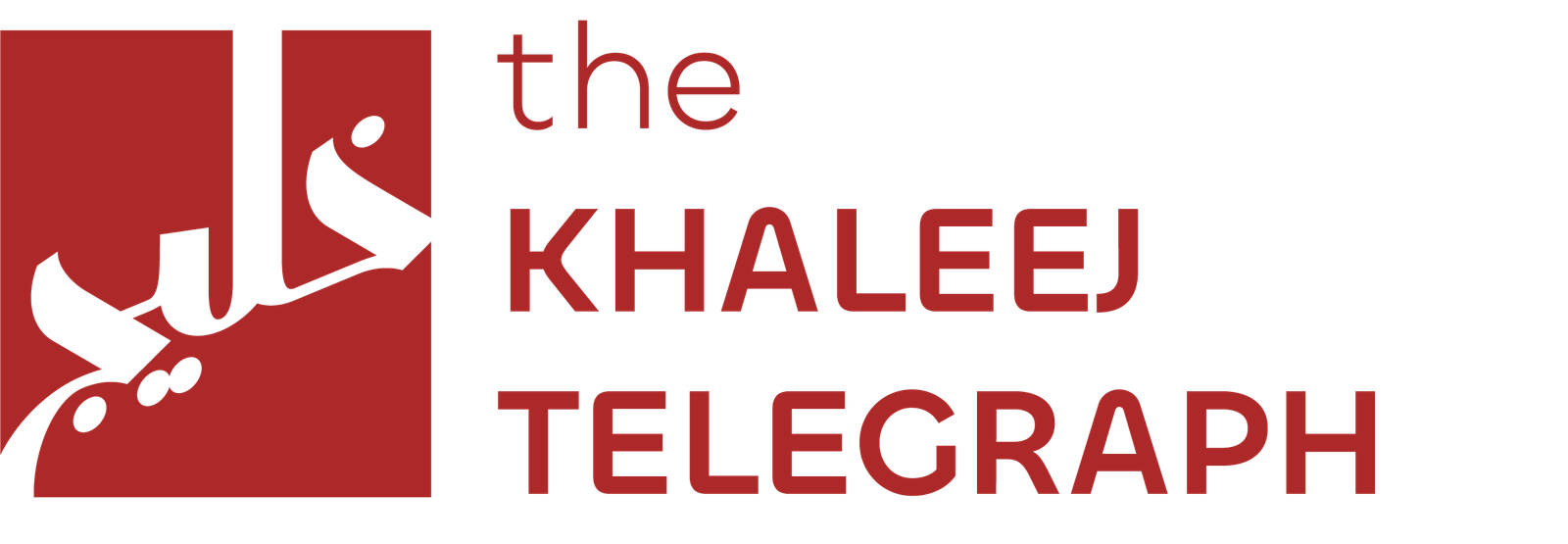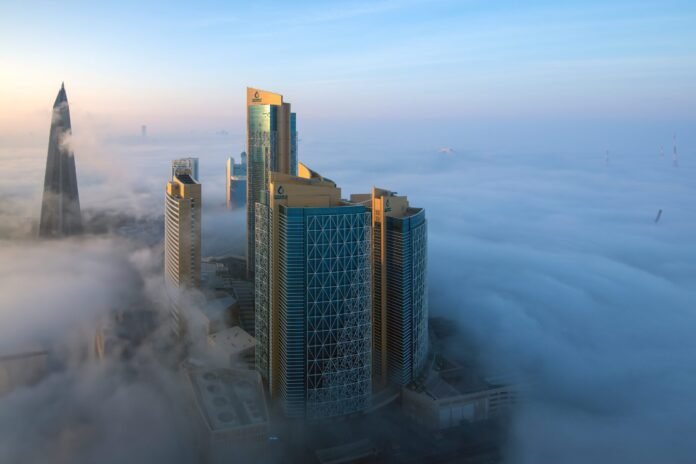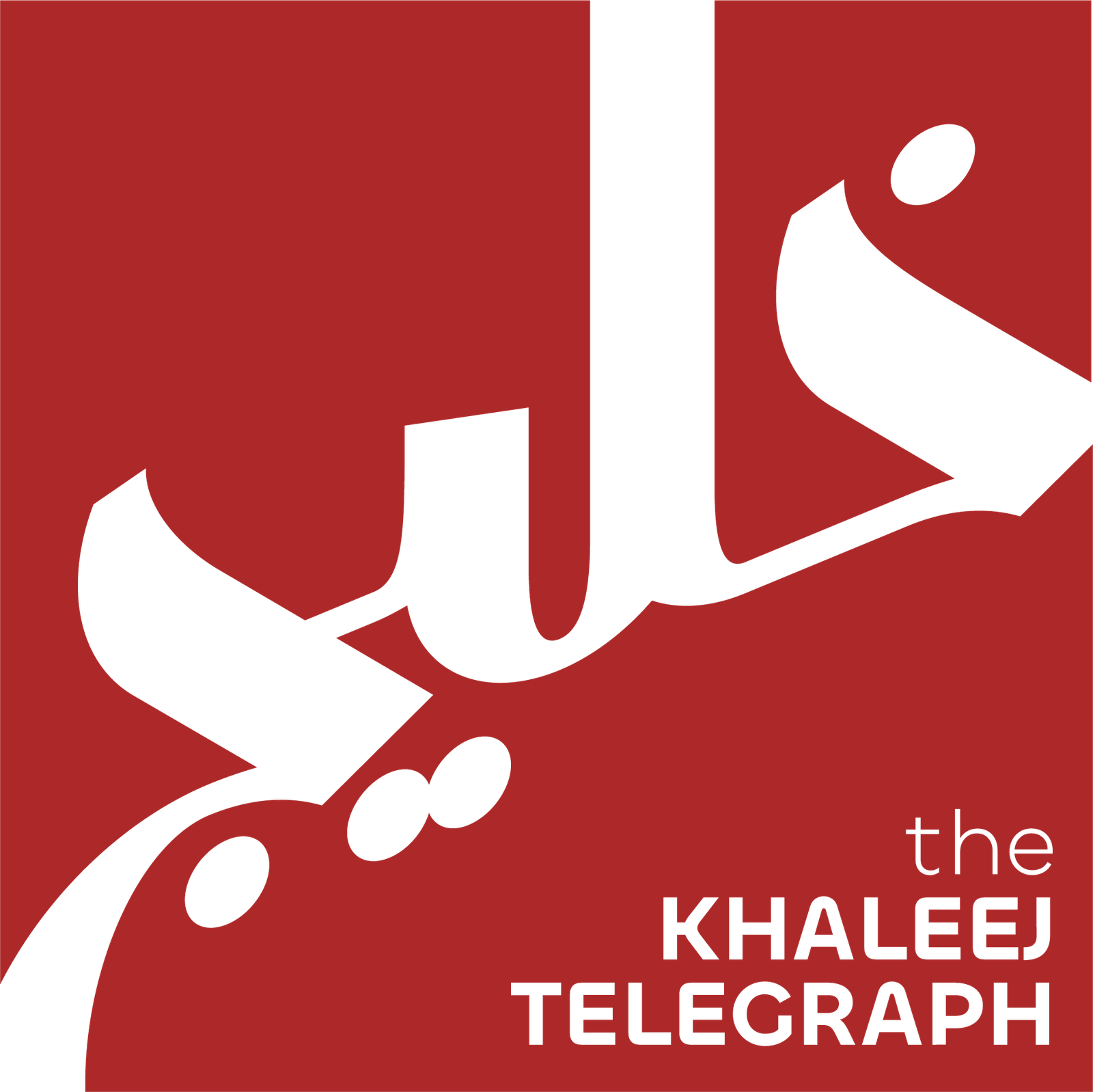Qatar’s industrial growth continues to rise, driven by government efforts to diversify the economy and support small and medium enterprises. Moreover, warehouse rents and port activities show positive trends, reflecting stronger industrial development. These improvements highlight how Qatar industrial growth aligns with the country’s long-term economic diversification goals and strategic initiatives.
In the second quarter, ambient warehouse rents increased by 2.9 percent, while cold storage facilities remained stable compared to the previous quarter. Consequently, investors and businesses see improved industrial infrastructure as a positive signal.
Qatar’s real Gross Domestic Product (GDP) rose by 1.9 percent year-on-year, reaching QR181.8bn. Non-hydrocarbon activities expanded by 3.4 percent, contributing 65.6 percent of total GDP. Value added from non-hydrocarbon sectors increased from QR115.4bn to QR119.3bn. These results highlight the effectiveness of diversification policies outlined in the Third National Development Strategy.
Industrial performance data shows the Industrial Production Index (IPI) at 97.6 points, a decrease of 2.5 percent year-on-year. Meanwhile, the Mining and Quarrying Index fell by 3.7 percent, while the Manufacturing Index increased by 1.9 percent annually. Therefore, manufacturing remains a key driver of economic growth despite minor declines in other industrial areas.
Furthermore, Samsung C&T and the Qatar Free Zones Authority launched five initiatives in Ras Bufontas and Umm Alhoul Free Zones. Projects include a solar farm and digital infrastructure improvements. At the same time, Gulf Warehousing Company (GWC) opened a new logistics hub in Ras Laffan with over 6,300 sqm of open yard space. These developments support energy sector growth and the North Field Expansion Project, the world’s largest LNG initiative.
Industrial rents continue to show resilience. Ambient warehouse rents increased 2.9 percent quarter-on-quarter to QR36.4 per sqm, while cold storage rents dropped 1.3 percent year-on-year to QR42.7 per sqm. In Doha’s industrial areas, ambient warehouse rents rose by 3.6 percent quarter-on-quarter.
Meanwhile, Qatar’s ports recorded strong maritime activity. Hamad, Doha, and Ruwais ports handled 742,789 TEUs of container cargo, growing by 5 percent year-on-year. Vessel calls increased by 12.4 percent to 1,487 during the first half of the year. These results indicate expanding trade and logistics support for the industrial sector.
Experts say Qatar industrial sector growth momentum demonstrates the country’s successful diversification strategies. They also emphasize that continued investment in manufacturing and logistics strengthens economic resilience. Moreover, government and private sector collaboration ensures long-term industrial development.
Overall, Qatar industrial sector growth momentum reflects rising productivity, improved infrastructure, and strategic diversification policies. By focusing on manufacturing, logistics, and trade, Qatar positions itself as a competitive industrial hub. Continued investment and innovation further enhance Qatar industrial sector growth momentum, driving sustainable economic development.


